A complete list of spring grass cultivation methods and precautions
Last Update :2024.05.21
Article Catalog
3. Problem diagnosis and treatment
Temperature: It can be between 15 and 25 degrees, and it should not be lower than zero in winter. Light: Sufficient light is required for the plant to grow vigorously, but proper shade is required after April. Watering: Add appropriate amount to avoid water accumulation. Fertilization: Fertilize once a month from October to April. Propagation: The division method can be used. Repot: Repot once every August.
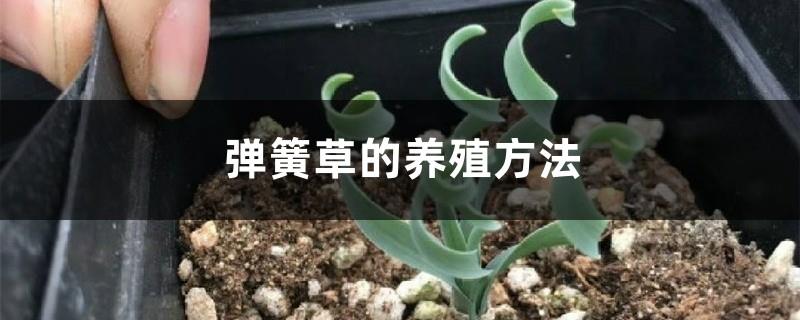
1. Maintenance methods
1. Maintenance methods
1. Temperature: Spring grass does not like high temperatures, and warmth is most suitable. Generally speaking, it can be between 15 and 25 degrees. In winter, the lowest overwintering temperature is freezing. However, the plants will grow in winter, so the temperature is best controlled, preferably between ten and twenty degrees. When the temperature is high in summer, it will go dormant.
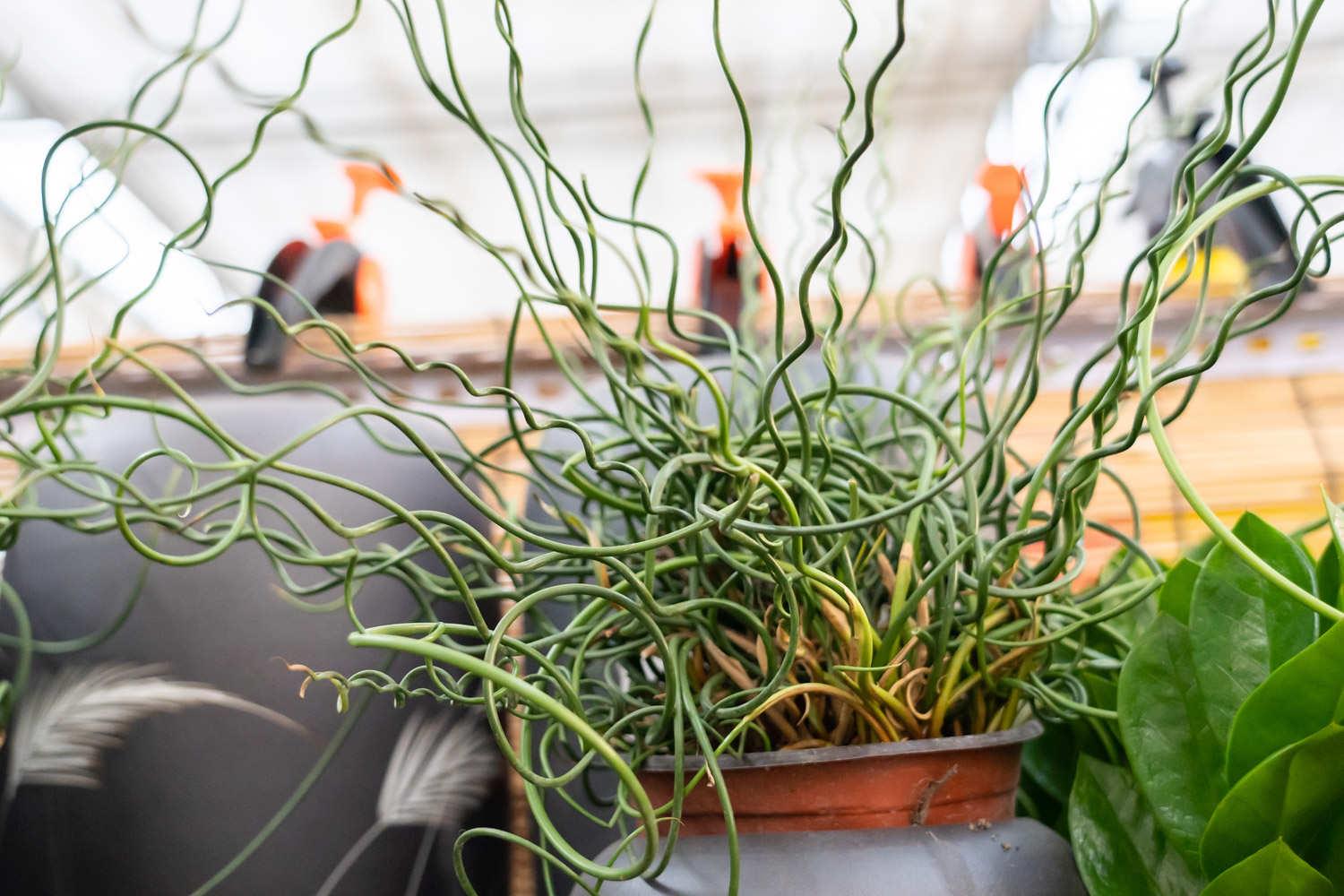
2. Lighting: Spring grass has relatively high lighting requirements. High, but too strong a light can cause harm to it. Generally speaking, starting from April, it needs to be shaded and protected from strong light. However, it cannot be too shaded and there must be appropriate astigmatism.

3. Watering: Drought tolerance of Spring Grass The sex is not bad, and it is afraid of waterlogging. Therefore, the pot soil should be kept slightly moist and should not accumulate water. When it rains, it is also necessary to prevent rain and drain water.
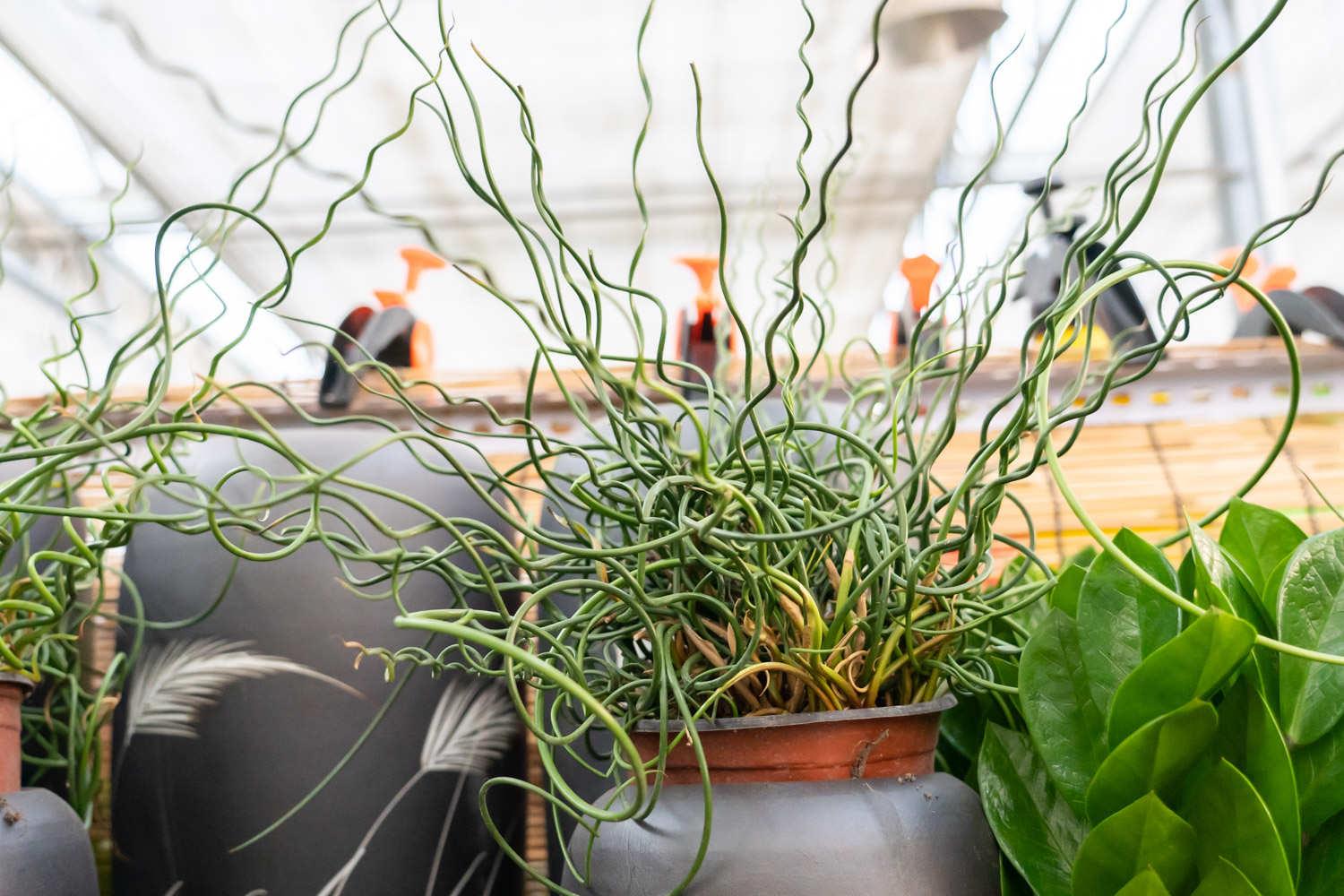
4. Fertilization: Due to the habits of Spring grass and There are certain differences with other plants. They grow vigorously from October to April of the following year, so they need fertilizer during this stage. However, it doesn’t need to be too much, just once a month will do.
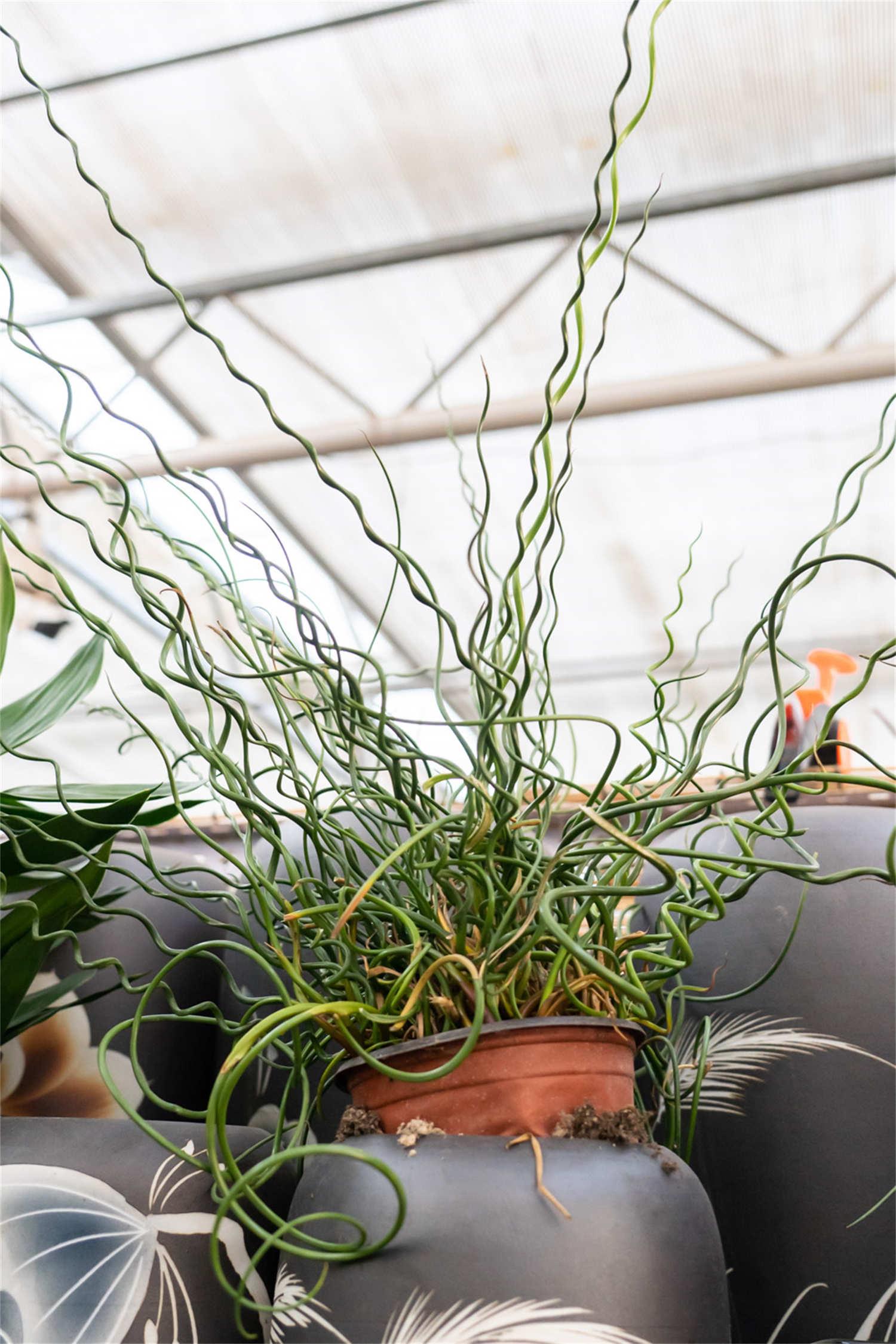
2. Breeding skills
1. Propagation: The method of division can be used. The method is relatively simple to operate and has a high probability of success. Simply select a relatively healthy and vigorous bulb and cut off the small bulbs growing near it. Then, prepare a good quality substrate and then plant.
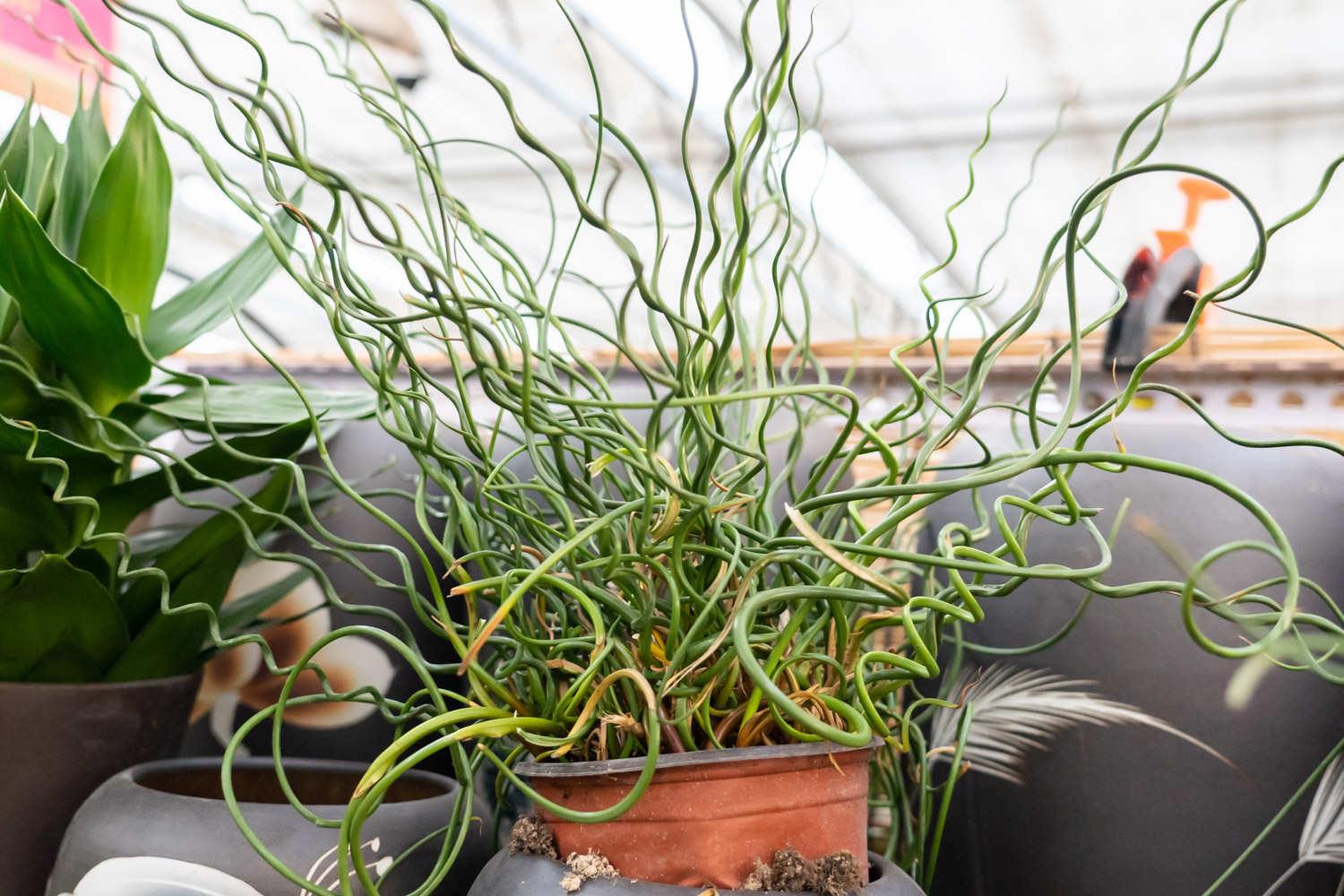
2. Repot: Generally speaking, every year They all need to be repotted once, and it is most appropriate to do it at the end of August. Fertile, well-drained and breathable soil is required. For example, you can use leaf mold soil, peat soil, vermiculite, and sand in a ratio of three to three to two to two. Then, you can also add an appropriate amount of bone meal. When changing the pot, you can also cut off the rotten roots. After repotting, it needs to be watered thoroughly.

3. Problem diagnosis and treatment
1. Disease: There may be "anthrax" occasionally. It is necessary to cut off the diseased parts in time, and then use chlorothalonil. Compared with insect pests, diseases are relatively rare.

2. Pests: "snails" often appear, Pests such as "nematodes", which can damage bulbs. When planting, the substrate needs to be disinfected in advance. Insecticides such as "carb furan" can be used.

4. Other issues
1. Toxicity: It has a certain degree of toxicity, but as long as you don’t eat it, there will be no harm.

2. Can it be raised at home: It is An ornamental plant that can be grown at home. Just be careful not to eat it by mistake.

2. Breeding skills
3. Problem diagnosis and treatment
4. Other issues
- END -
The difference between plum cherries and plum blossoms

The flowers are different: the flowers and leaves of cherry cherry bloom together,...
What kind of soil is used for plum blossoms?

Plum blossoms will grow better in loose, fertile soil, but heavy, alkaline soil is...